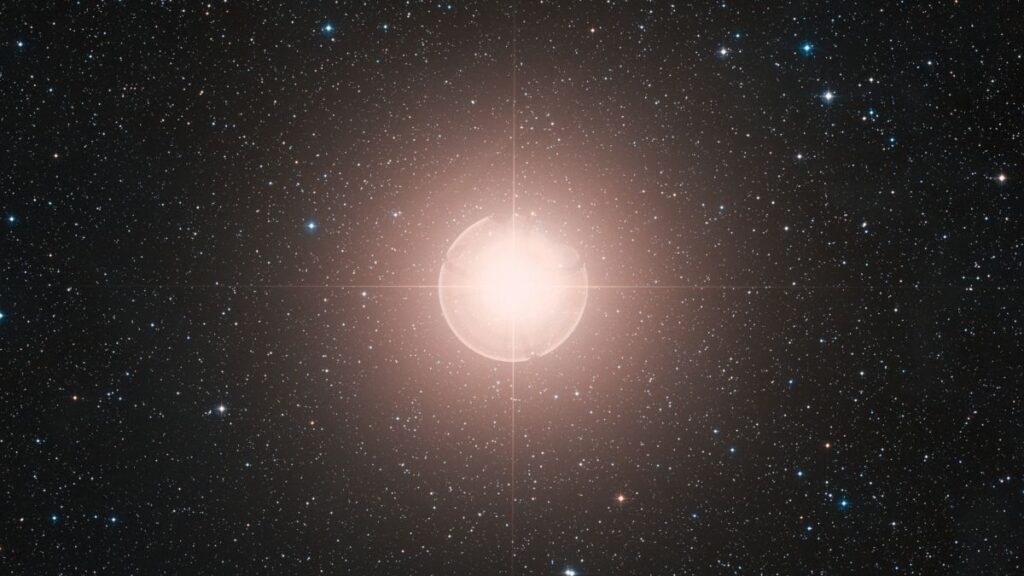
A recent discovery has unveiled the unexpected nature of the companion star orbiting Betelgeuse, one of the brightest stars visible from Earth. Instead of the anticipated remnants of a massive star, astronomers have identified this binary companion as a young, Sun-like star, which provides fresh insights into the enigmatic history of the red supergiant.
Remarkable Findings from the Chandra Observatory
Astrophysicist Anna O’Grady from Carnegie Mellon University emphasizes the significance of this finding, stating, “It could have been a white dwarf. It could have been a neutron star. And those are very, very different objects.” The absence of X-ray emissions in observations taken by the Chandra X-ray Observatory rules out these possibilities, indicating that the companion, officially designated α Ori B and nicknamed Siwarha, is likely a young F-type star still evolving.
Betelgeuse, located approximately 548 light-years away in the constellation of Orion, is a red supergiant nearing the end of its life cycle. It has a mass estimated between 16.5 and 19 times that of the Sun, with a radius around 764 times larger. Its brightness fluctuations have puzzled astronomers for years, with cycles suggesting the presence of a binary companion on a six-year orbit.
New Insights into Stellar Evolution
The configurations observed in the Betelgeuse binary system challenge existing models of stellar formation. Typically, stars born together share similar masses. However, Siwarha’s mass is significantly smaller than that of its massive counterpart. O’Grady notes, “This opens up a new regime of extreme mass ratio binaries. It’s an area that hasn’t been explored much because it’s so difficult to find them or to even identify them like we were able to do with Betelgeuse.”
This discovery not only highlights the complexities of stellar evolution but also raises new questions about the life cycles of binary star systems. Researchers propose that Betelgeuse and Siwarha likely formed together approximately 10 million years ago. As a result of their differing masses, Betelgeuse is rapidly exhausting its nuclear fuel, while Siwarha is still in the early stages of its life.
The findings have been documented in a recent publication in The Astrophysical Journal, marking a significant leap forward in understanding the dynamics of binary systems and the evolution of massive stars. As astronomers continue to observe Betelgeuse, they hope to unlock more secrets of this fascinating star and its surprising companion.






